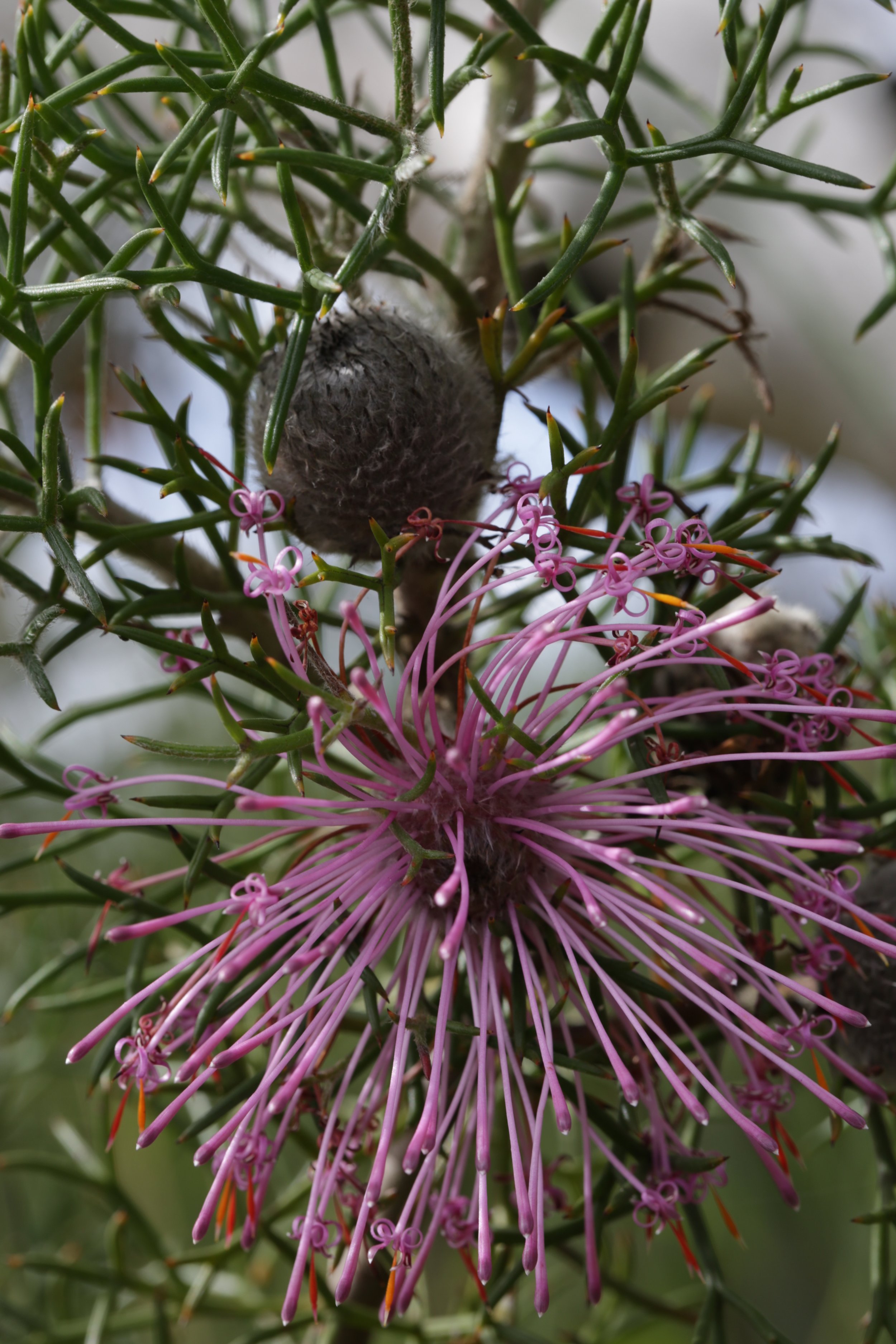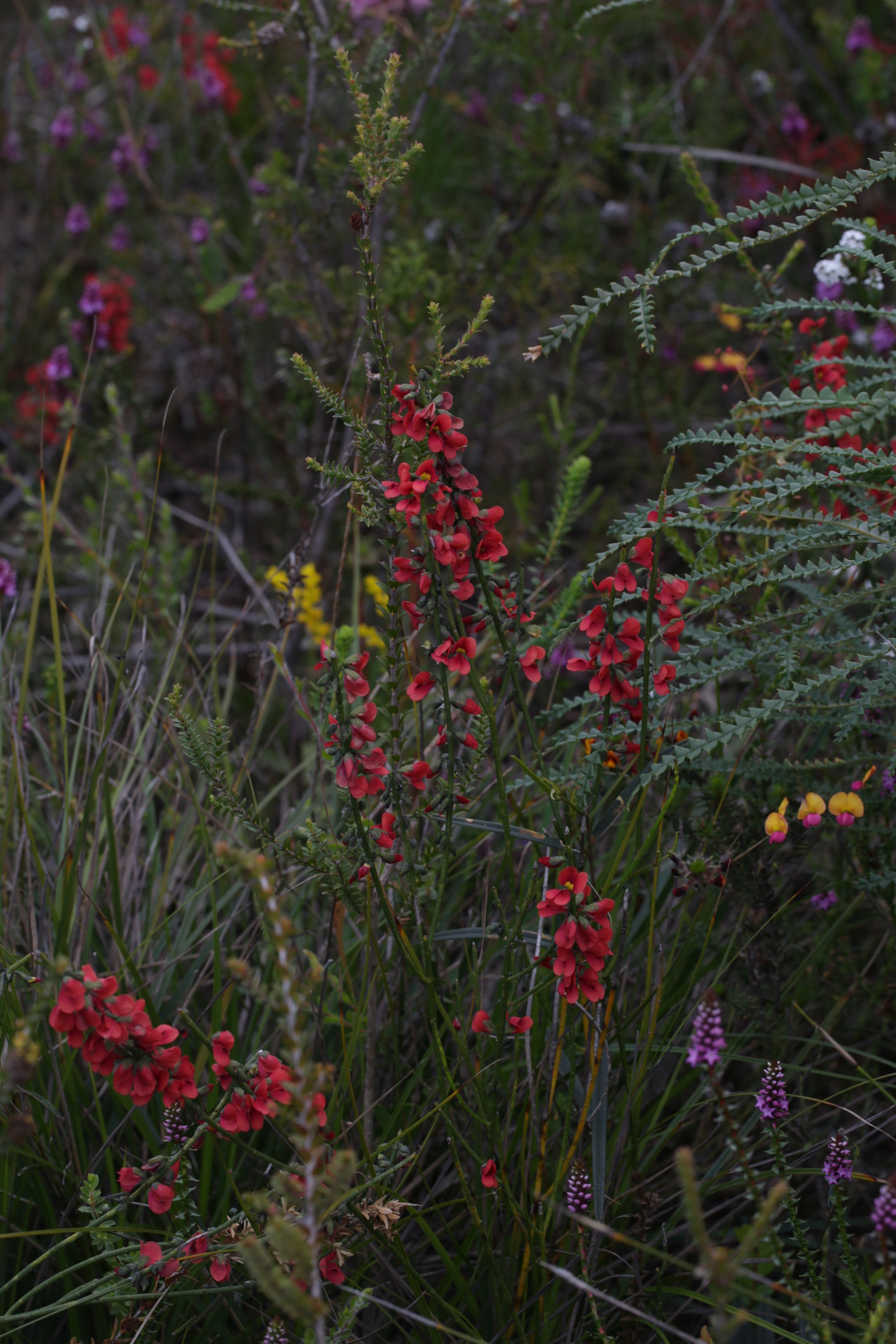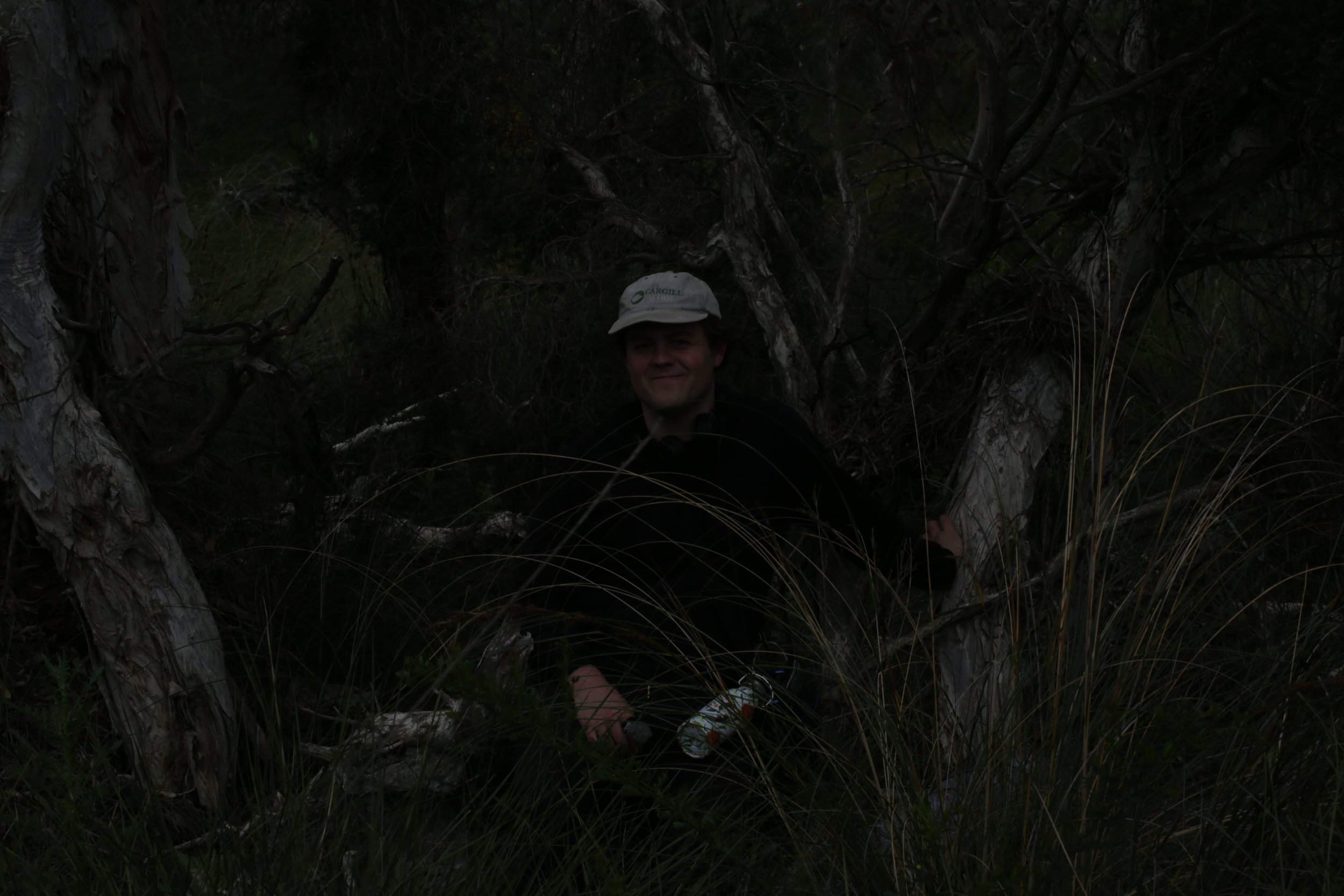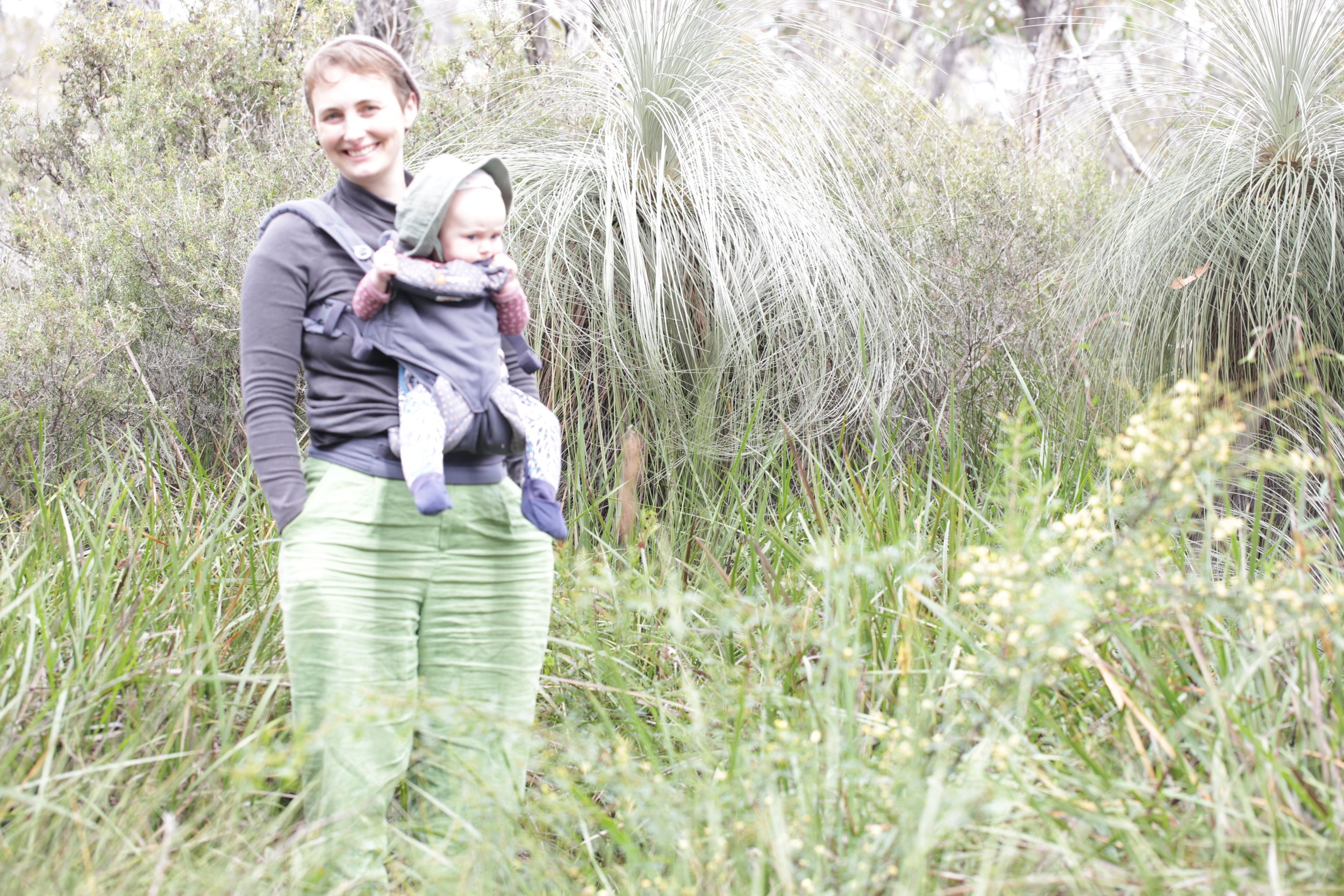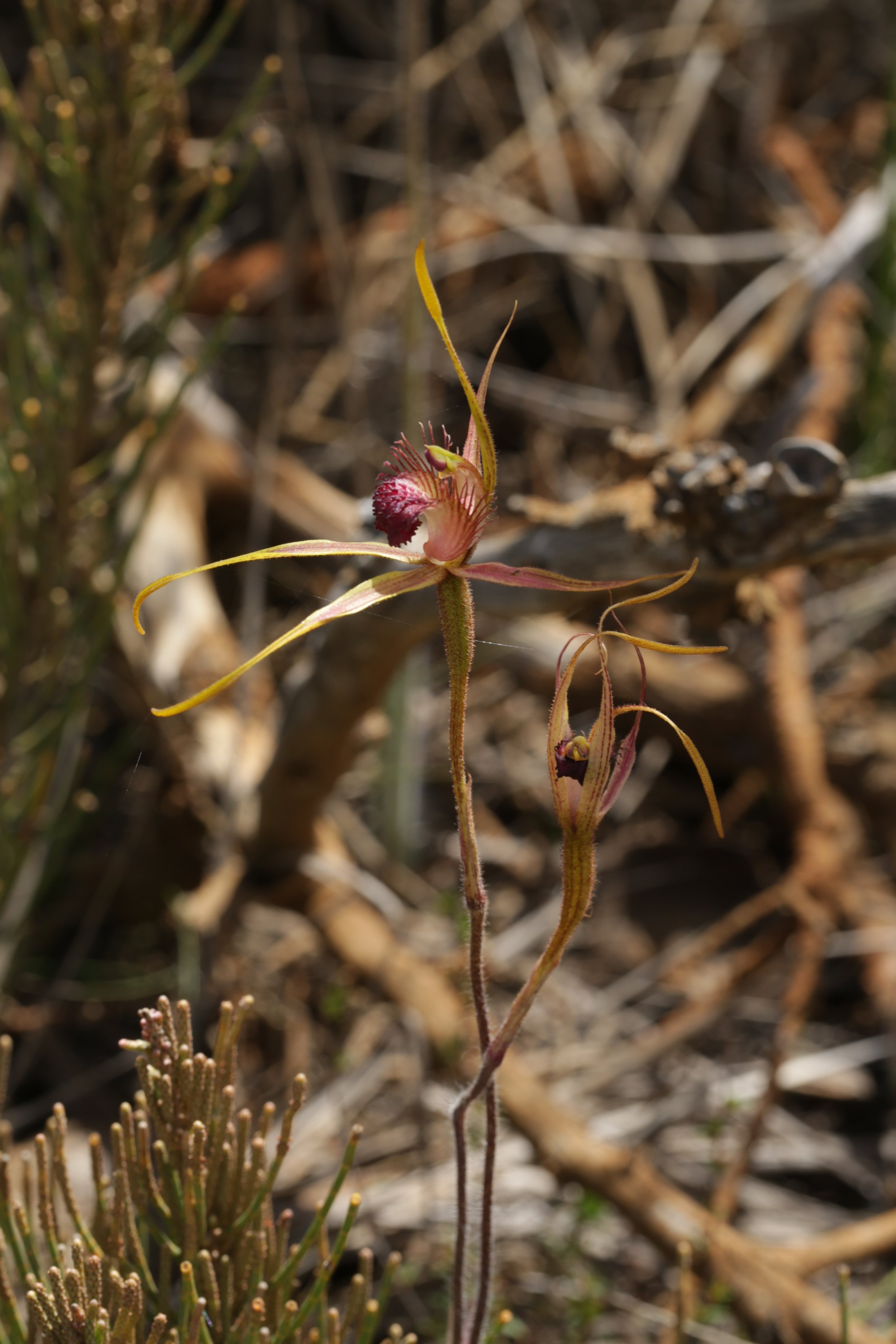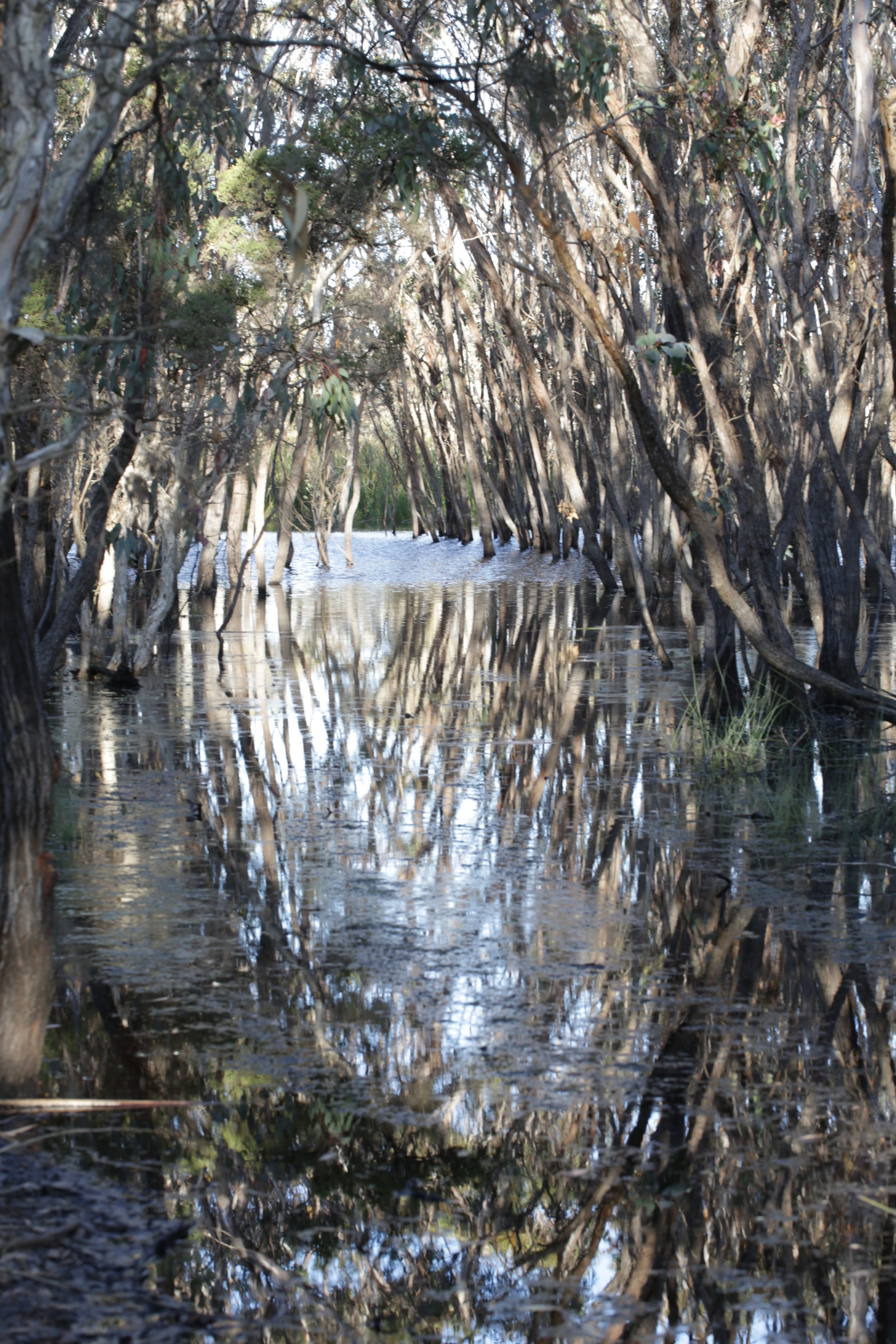Rural Utopias Residency: Elizabeth Pedler in Wellstead Stage 2 Reflection #2
Elizabeth Pedler is currently working with the community of Wellstead. This work is one of over ten, forming part of one of Spaced’s current programs, Rural Utopias.
An artist interested in the range of participation possible in art, Elizabeth's practice spans from playful and interactive installations to collaborative relational aesthetics. Identity, food, and community involvement are areas of particular focus, and have led to significant artistic development in her recent arts practice, engaging with audiences through the sharing of experiences and storytelling.
Here, Elizabeth shares an update from Wellstead.
22 September – 1 October 2022
The second week of stage 2 (10 days in fact) passed quickly. The time was filled with recording interviews, aided by Josten Myburgh, and capturing video of some of the incredible flora that was in season. This time Juno and I made the journey by ourselves, as my husband Andrew had to stay in Perth for work. I hoped as I began the drive, that I would still be able to get some work done myself, as Andrew’s support was such an important part of the first week. I was concerned how I’d be able to cope with doing the project whilst also taking care of Juno, now six months old (and her first two teeth only arriving days before). Though it was a busy time, Juno and I still found plenty of moments of rest and play in between.
I drove down to Richard and Kerry’s on Thursday, and Josten joined the party on Sunday. That night we attended the Wellstead Pre-Harvest Sundowner. The sundowner is a highlight of the local farming calendar, an annual community event with entertainment, raffles, music and a magician for the kids. I took the microphone before dinner and provided a brief introduction to the work I was doing supported by Spaced – interviewing locals about their relationships to plants, be it native, invasive, agricultural or other species. I asked for anyone interested in sharing their stories to come have a chat with me, and walked away from the night with some interviews arranged for later in the week.
On Monday, Richard led a hike with Kerry, Esmae, myself, Juno, and Josten in tow, as we hunted for Sydney wattle along a creek-line. Waging battle against the dense scrub to penetrate into the uncleared bush, our eyes scouted along the banks for the distinctive tapering leaves and conical yellow flowers, their season nearly over. I carried Juno on my front in an ergo carrier, while Kerry carried Esmae behind in a hiking backpack, both girls chatting away to themselves and occasionally drifting off to sleep. I was regularly stopping to video other plants along the way: fat silvery fruits and wide leaves on a eucalyptus; pale yellow sprays of flowers on a hakea; the delicate brown bells of a late-flowering boronia; the deep black petals of a climbing pea; the fluffy long bristles of old man’s beard, and many others. I often found myself and Juno straggling behind then rushing to catch up to Kerry and Esmae. Josten walked a little apart, recording the sounds of the creek. Here and there I asked Richard a few questions; on how Sydney wattle came to the area, his past journeys exploring this creek, and how he feels about the bush. After hiking three hours with only a creek bed as a trail, my legs were scratched and weary and I was ready to rest.
In the days that followed, Josten and I recorded two more interviews with locals: one farmer shared his passion for finding orchids, while another farmer had a chat with me about the impact of bluegum plantations on the community. I also had a cuppa with Eugene Eades, a local elder based at Nowanup (45 minutes north of Wellstead) to arrange a visit with him and his sister the next time I come down. On the weekends I also spent time connecting with locals Craig and Teena from Hillsea, and Sylvia and Peter from Wilyun Pools, to catch up on local gossip and hear about how the winter had treated them. My interviews and conversations generally only lasted an hour, 90 minutes at most, the time I could fit in between Juno’s naps. While I talked she sat in the carrier, strapped to my chest and looking around, taking everything in.
In the afternoons and between interviews, I spent time with Juno: feeding her, putting her down for naps, going out on walks into the bush, and taking her out in the ute with Kerry and Esmae to move cattle, look at revegetation sites, and record video. In the evenings after Juno and Esmae had gone to bed, I joined Josten, Kerry and Richard for dinner, sharing meals put together from Kerry’s prolific veggie garden, and each of us taking turns to cook on different nights. The days passed quickly, and before long it was time to depart. Next time I come down the nights won’t be so cool, the flowers will be fewer, and Juno is sure to be bigger, with more teeth, and even more interest in what I’m doing.

